Samsung Galaxy Z Fold 3 vs Z Fold 4: how do you improve on the best foldable out there?
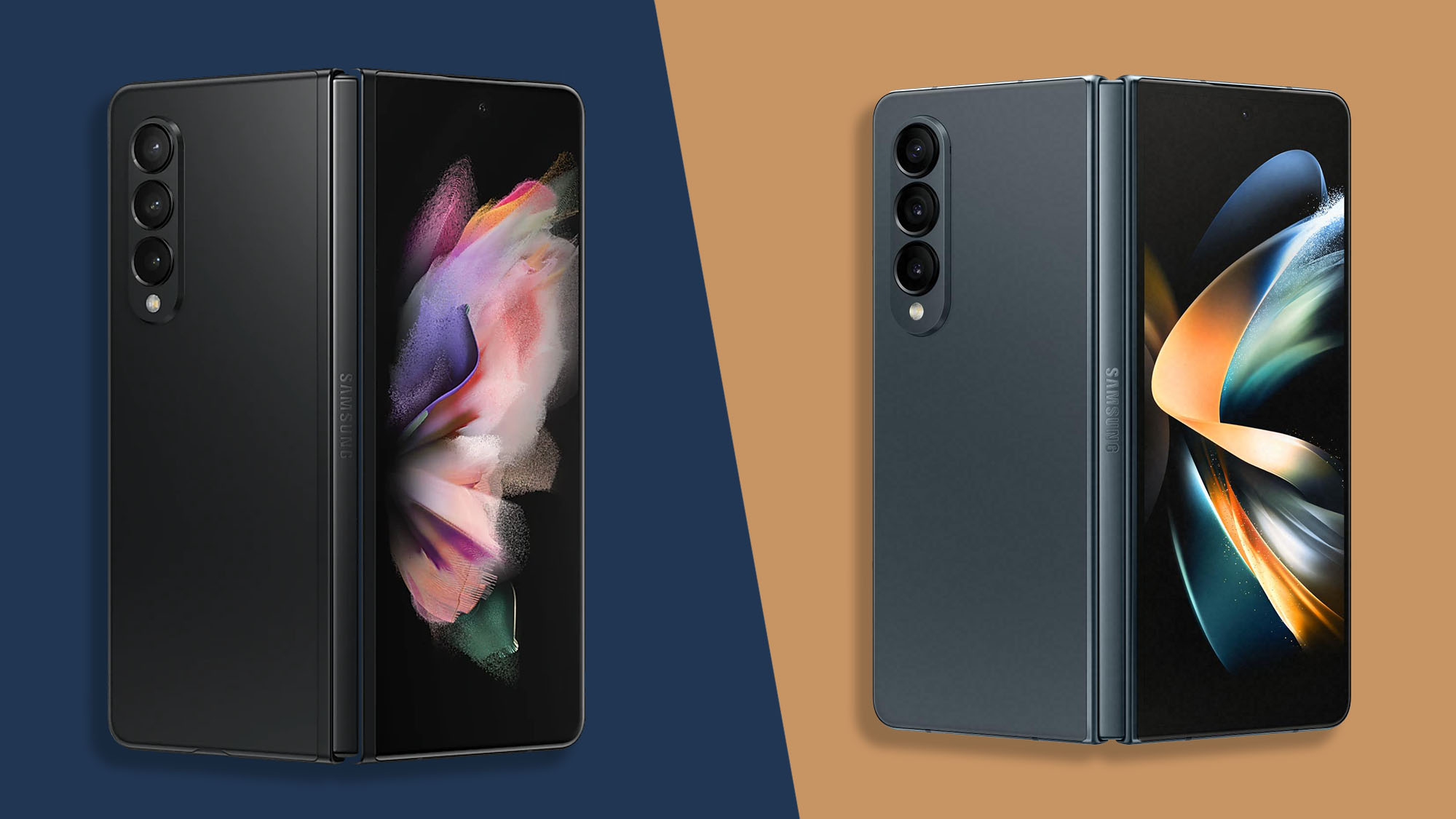
When it comes to foldable phones, it wouldn’t quite be fair to say that Samsung is the only game in town. It’s certainly the biggest one, and by some margin.
Last year’s Samsung Galaxy Z Fold 3 marked the high point for this young and exciting mobile format. Can 2022's Samsung Galaxy Z Fold 4 continue the good work?
We’re not ready to give you our verdict on the Z Fold 4 just yet, but we do know how it’s shaping up in terms of specifications. Here’s how it compares to its predecessor.
Samsung Galaxy Z Fold 3 vs Z Fold 4 price and availability
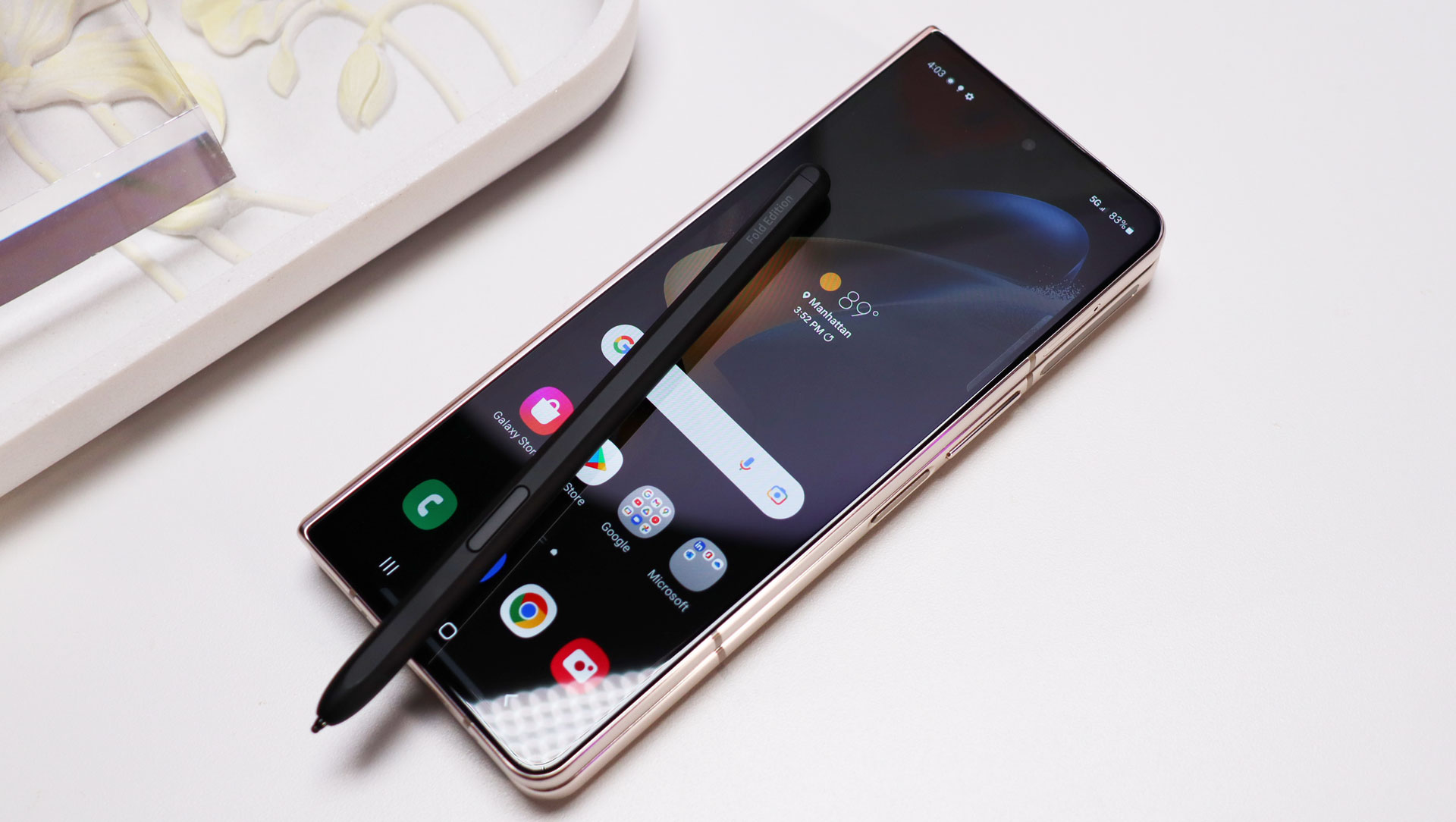
The Samsung Galaxy Z Fold 3 hit shops on August 27, 2021 in the US and UK, and September 10 in Australia. Prices started at $1,799 / £1,599 / AU$2,499 for the 256GB model, moving up to $1,899 / £1,699 / AU$2,649 for 512GB of storage.
The Samsung Galaxy Z Fold 4 was announced on August 10, 2022. Prices start from $1,799.99 / £1,649 / AU$2,499 for 256GB, moving up to $1,919.99 / £1,769 / AU$2,699 for 512GB. This time around there’s an additional 1TB model too, which costs a hefty $2,159.99 / £2,019 / AU$2,999.
Extra storage option aside, you’ll note that the Galaxy Z Fold 3 was a little cheaper than the Galaxy Z Fold 4, at launch. What’s more, it’s going to be cheaper still, now that it’s been superseded.
Samsung Galaxy Z Fold 3 vs Z Fold 4 design
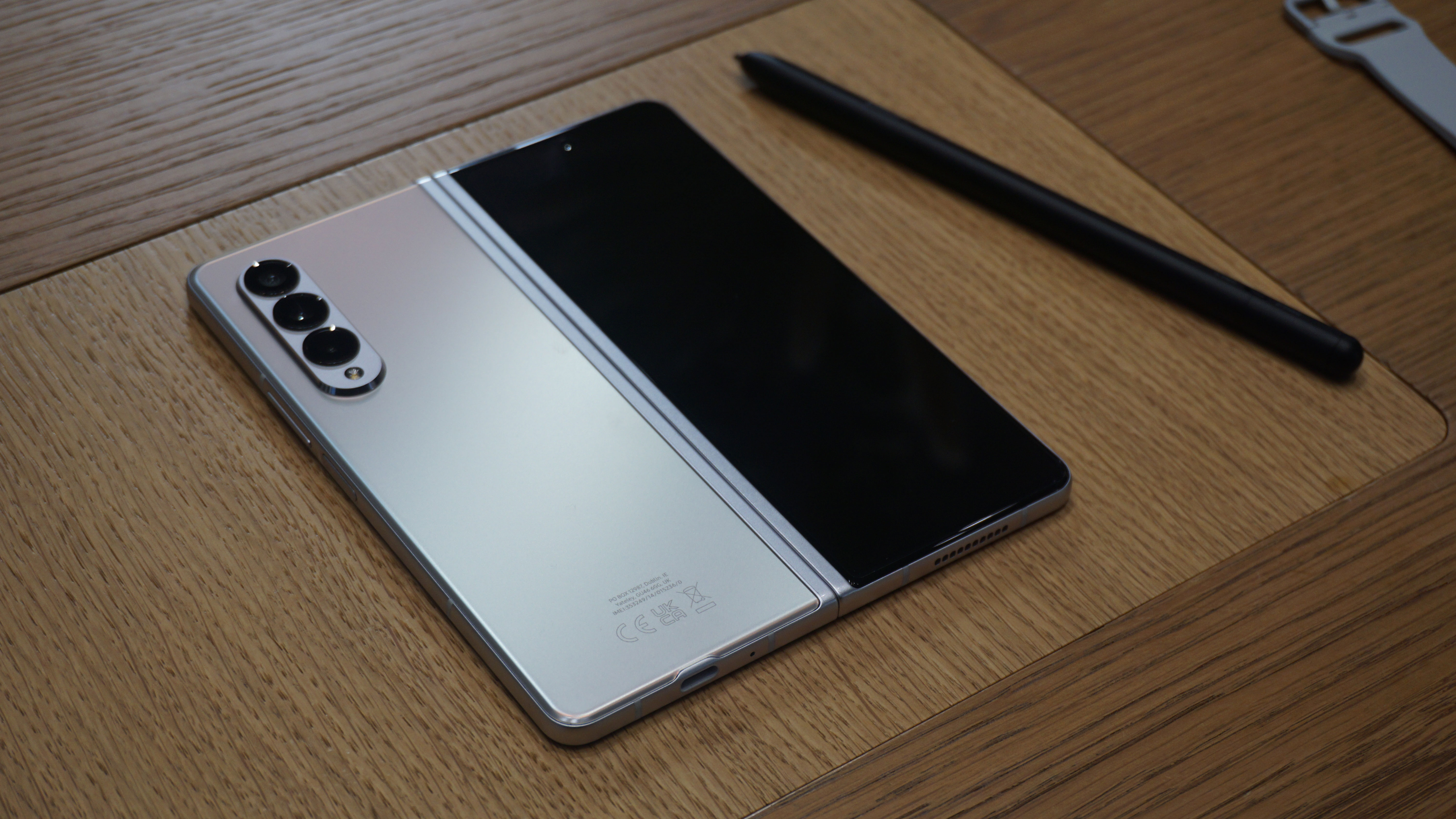
Samsung hasn’t reinvented the foldable wheel with the Galaxy Z Fold 4, so much as refined it slightly. It’s calling the new phone its “thinnest and lightest Fold yet”.
Sign up for breaking news, reviews, opinion, top tech deals, and more.
At 155.1 x 130.1 x 6.3mm when unfurled, it’s fractionally shorter and thinner than the 158.2 x 128.1 x 6.4mm Galaxy Z Fold 3, though the older phone is a little narrower owing to its taller aspect ratio display.
While 0.1mm doesn’t sound like a big difference in thickness, it’s more significant when the devices are closed. Samsung’s refined design means that the Galaxy Z Fold 4 runs from 14.2 to 15.8mm thick, while the Galaxy Z Fold 3 goes from 14.4 to 16mm.
The Galaxy Z Fold 4 is also 8 grams lighter at 263 grams, compared to the 271-gram Z Fold 3. Further refinement comes with the Galaxy Z Fold 4’s thinner bezels.
As always, Samsung has changed up its color provision a little. The Galaxy Z Fold 4 gives you Gray Green, Beige, and Phantom Black options. The Galaxy Z Fold 3, on the other hand, comes in Phantom Green, Phantom Silver, and Phantom Black, plus the Thom Browne and Wooyoungmi special editions that appeared after launch.
Samsung’s newer foldable wins on toughness, too, courtesy of Gorilla Glass Victus+ to the front and back. The Galaxy Z Fold 3 has plain old Gorilla Glass Victus, covering the same surfaces.
Both phones only come with an IPX8 rating however, which shows where the whole foldable form factor needs to make up ground on non-foldable flagships in future, even if it is still a unique selling point for Samsung among the best foldable phones, specifically.
Both foldables are compatible with the same S Pen Fold Edition stylus, though neither finds the space to store for such a tool in their sizeable bodies.
Samsung Galaxy Z Fold 3 vs Z Fold 4 display
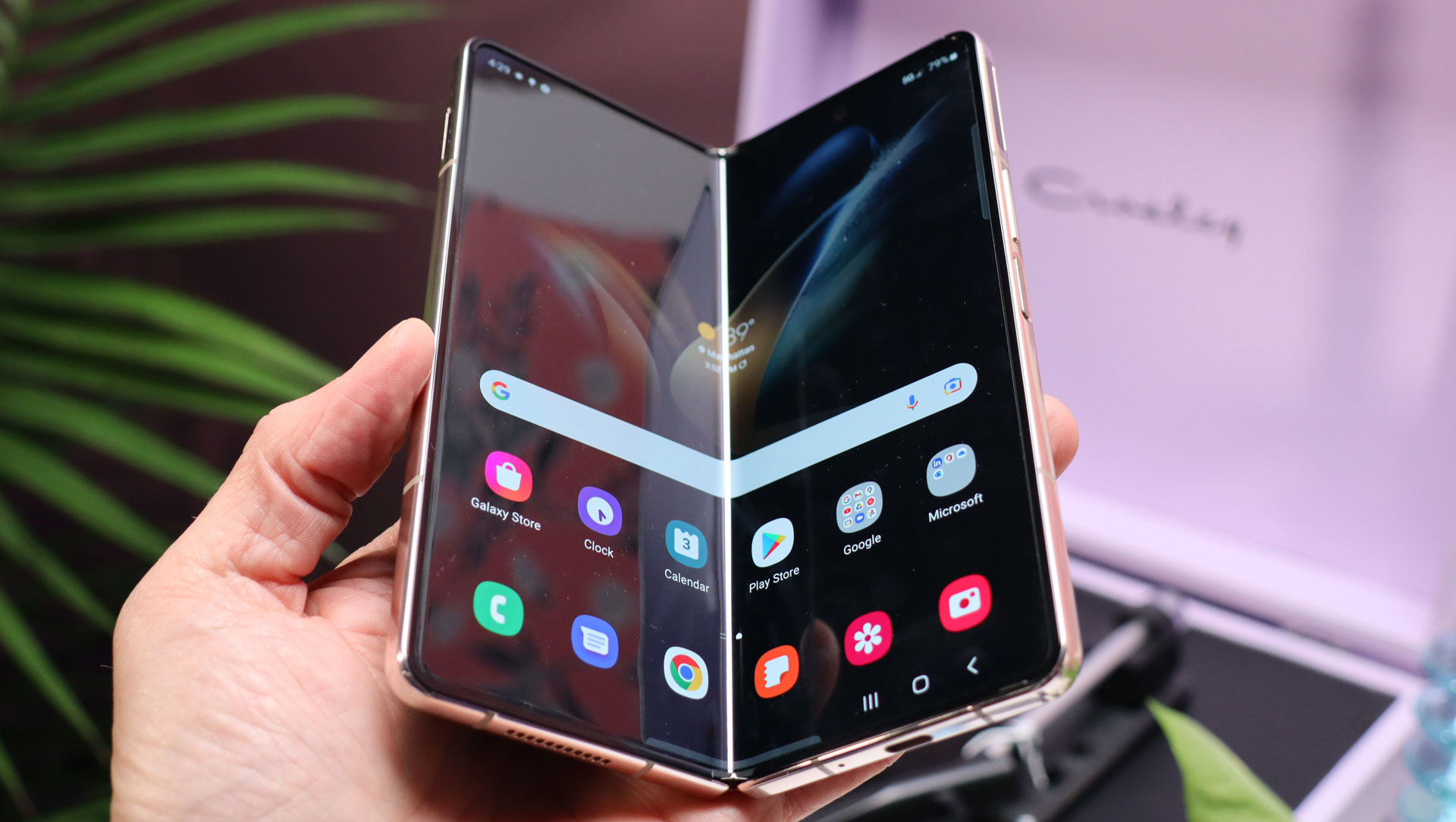
Both phones feature dual displays, comprised of a 7.6-inch flexible internal screen and a 6.2-inch Cover Display. All are sharp AMOLEDs with 120Hz refresh rates.
Where they differ slightly is in aspect ratio. The Galaxy Z Fold 4 sports a 3mm wider main display, which makes for a supposedly more useful canvas. There’s a corresponding difference in resolution to reflect this, at 2176 x 1812 in the Galaxy Z Fold 4 and 2208 x 1768 in the Galaxy Z Fold 3.
The likes of Outlook, Office, Teams, Facebook, and Google Meet have been optimized for the Fold 4’s larger screen, with additional UI elements cropping in certain cases.
Interestingly, the newer foldable’s 6.2-inch external display, while exactly the same size as before, has a slightly sharper 2316 x 904 resolution compared to the 2268 x 832 Galaxy Z Fold 3.
We loved the unique and flexible (in more ways than one) screen provision of the Galaxy Z Fold 3, and we’d be very surprised if the Galaxy Z Fold 4 doesn’t provide a similarly impressive experience.
Another improvement in the Galaxy Z Fold 4 is a harder-to-see under-display selfie camera. Meanwhile, the Z Fold 4’s inner display is covered by UTG 2.0, which is supposedly 20% stronger than its predecessor.
Samsung Galaxy Z Fold 3 vs Z Fold 4 camera
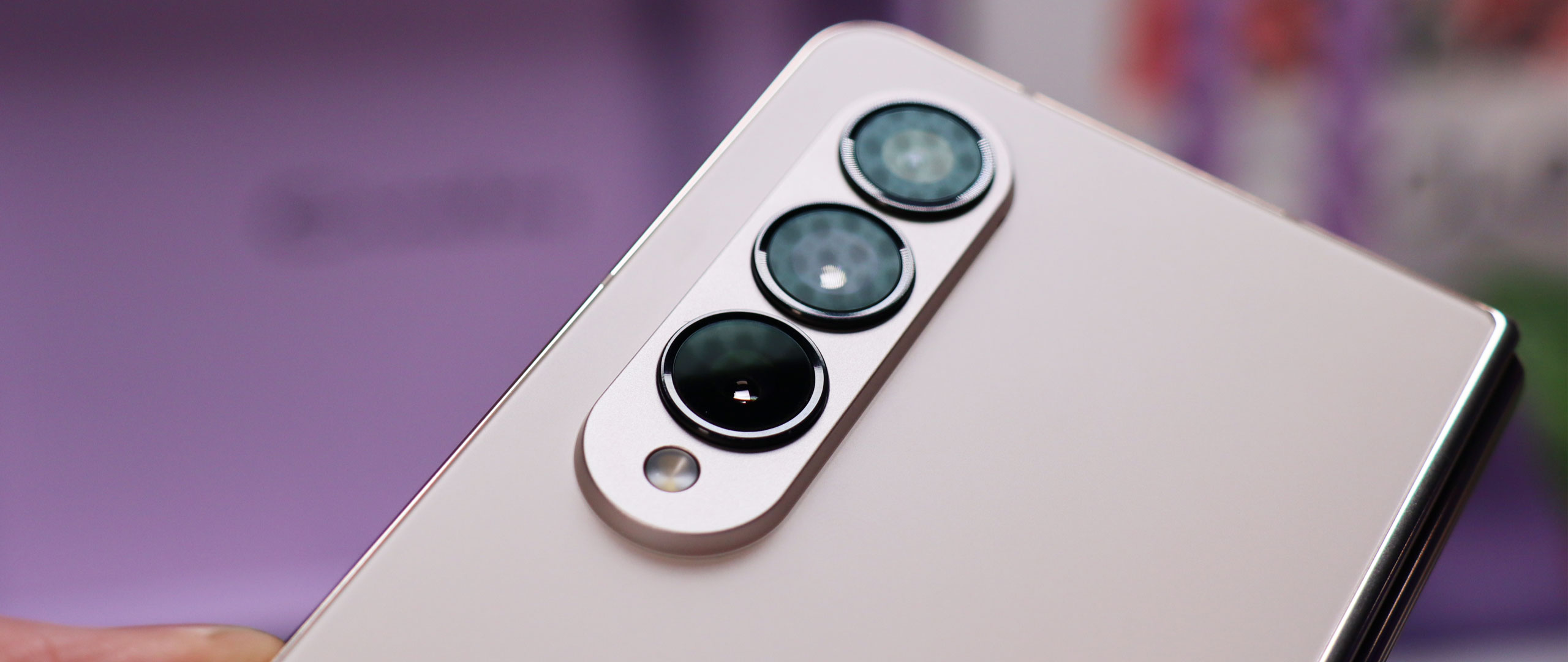
If there was one notable weakness with the Galaxy Z Fold 3, it was its underwhelming camera system. It was still capable of very good things, but it paled next to the Galaxy S21 Ultra’s all-singing set-up.
The Galaxy Z Fold 4 doesn’t looked to have bridged that gap entirely, but it’s certainly narrowed it. While the Galaxy Z Fold 3 gives you a triple 12MP camera system, Samsung has supplied a more pixel-packed 50MP wide sensor, alongside a 10MP telephoto and a 12MP ultra-wide in the Galaxy Z Fold 4.
The main sensor isn’t just sharper, but also lets in 23% more light than before. Together with enhanced OIS and VDIS, we’re expecting this main camera to be a much better low-light shooter than the Galaxy Z Fold 3 equivalent.
Elsewhere, while the Z Fold 4’s telephoto sounds inferior, it actually sports a much better 3x zoom length compared to the 2x on the Z Fold 3.
On the selfie front, both phones have what appear to be identical 4MP under-display cameras, and 10MP Cover Display cameras, although the Fold 4's UDC is harder to spot this time around.
All in all, there are signs of real progress in the Galaxy Z Fold 4’s camera system, after the decent-but-unremarkable Galaxy Z Fold 3.
Samsung Galaxy Z Fold 3 vs Z Fold 4 specs and performance
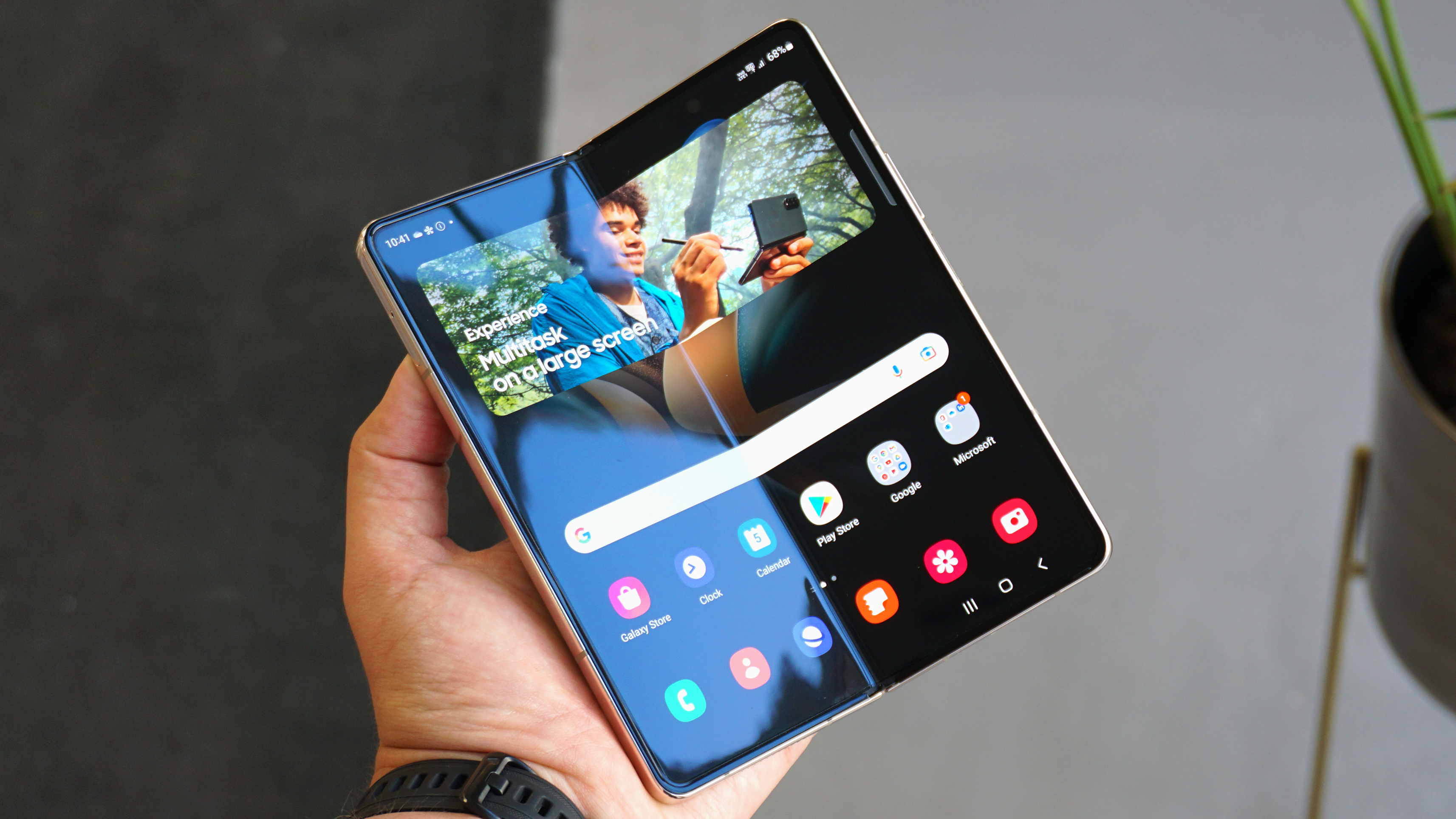
Another way in which the Samsung Galaxy Z Fold 4 represents clear progress over its predecessor is performance.
It’s not that the Z Fold 3’s Snapdragon 888 processor is slow by any means, but it’s now a whole generation-and-a-half behind the Z Fold 4’s Snapdragon 8 Plus Gen 1.
It’s too early to bring you comparative benchmarks, but we’ve reviewed phones with Qualcomm’s latest chip already, and there’s a significant advantage in both CPU and GPU performance.
This performance difference might not be readily noticeable in general use, but Samsung is really pushing the Galaxy Z Fold 4 as a productivity-focused tablet replacement. This includes a new taskbar for switching seamlessly between apps.
We’d also expect the newer phone to play high-end games even more competently and at higher refresh rates.
Both phones give you an ample 12GB of RAM, and as we’ve already discussed, the Z Fold 4 also supplies a 1TB storage option above the shared 256GB and 512GB offerings.
Samsung Galaxy Z Fold 3 vs Z Fold 4 battery
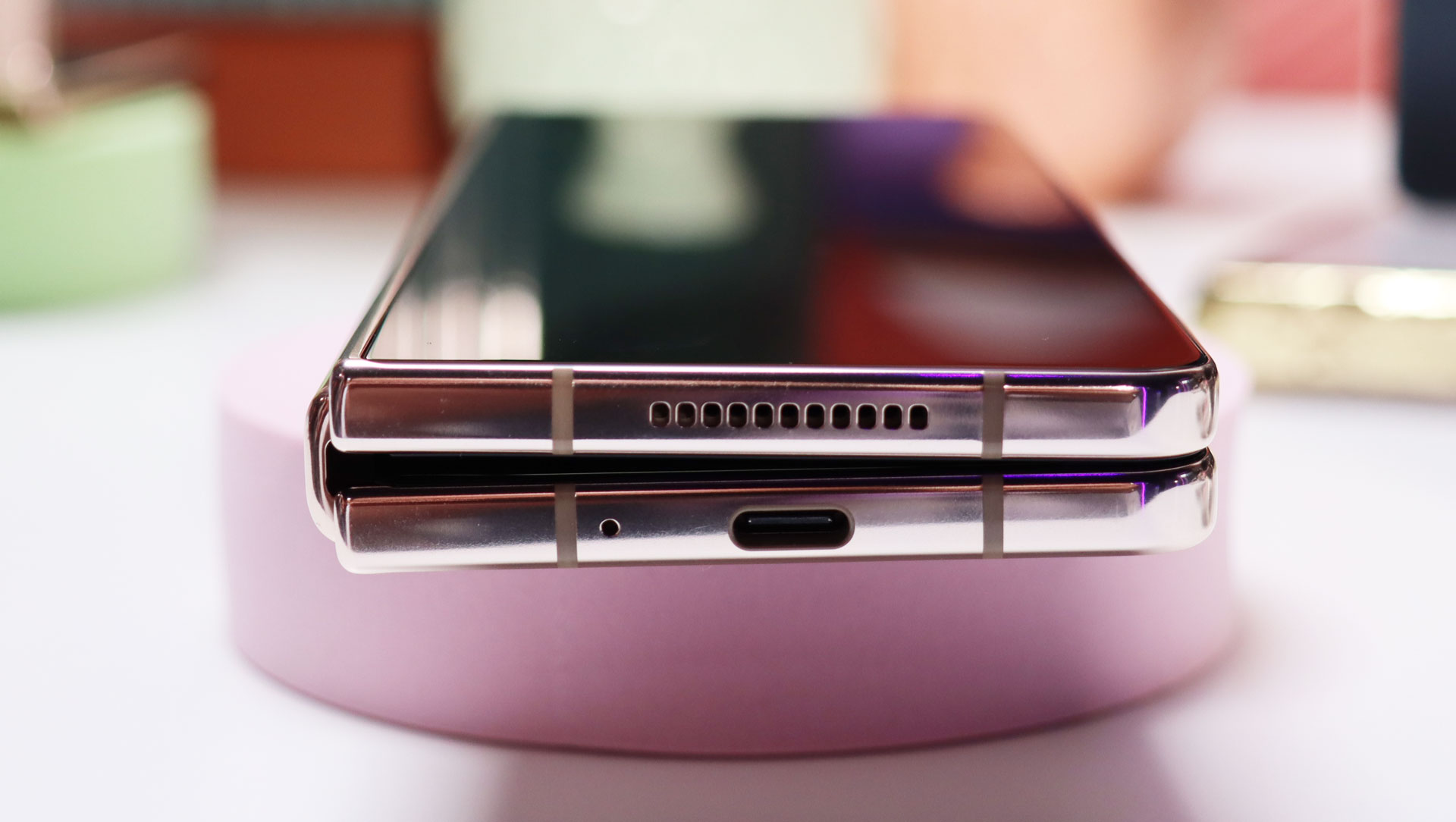
Somewhat disappointingly, Samsung hasn’t increased the size of the Galaxy Z Fold 4’s battery at all. It’s still the same 4,400mAh cell as you’ll find in the Galaxy Z Fold 3.
That’s a little weedy for a flagship phone, especially one with a hulking great 7.6-inch display to run.
Sure enough, in our Galaxy Z Fold 3 review, we noted that more intensive usage would see us “reaching for the fast charger or a Qi wireless charger before the end of most nights.” Hopefully, the Galaxy Z Fold 4 can make some improvements based on its more efficient processor, but we remain skeptical until we’ve had a chance to put it through its paces.
We’re somewhat disappointed to note that Samsung hasn’t changed up its charging game at all. Both phones support 25W charging, which is really nothing compared to the 67W, 80W, and 150W charging of some regular flagships. You don’t get that plug in the box, either.
However, Samsung appears to have worked some kind of magic, as the newer Galaxy Z Fold 4 can apparently go from 0 to 50% in 30 minutes. The Galaxy Z Fold 3 can only hit 33% in that time frame.
There’s also a small advantage for the Galaxy Z Fold 4 in its 15W wireless charging support, with the Z Fold 3 only extending to 11W.
Takeaway
Samsung appears to have made steady progress with its latest flagship foldable. Even at this early stage, we can see that it’s going to be much faster than before, while the company has at least partly addressed the biggest hardware shortfall in the Galaxy Z Fold 3, with a much improved camera system.
Elsewhere, the Galaxy Z Fold 4 appears to be mostly a case of tweaks and balancing measures. The main screen aspect ratio is slightly wider, which should make it more useful in more scenarios, while the charging speeds appear to be a little swifter.
On the face of it, this isn’t a huge generational advance, though we’ll need to spend some quality time with the Z Fold 4 to know for sure.
What seems almost certain is that Samsung will continue to rule the foldable roost for another year, though we’ll be crossing our fingers for a more transformational upgrade in 2023.

Jon is a freelance journalist who has been covering tech since the dawn of the smartphone era. Besides TechRadar, his words and pictures have appeared in The Telegraph, ShortList, Tech Advisor, Trusted Reviews, Expert Reviews, and more. He largely covers consumer technology, with a particular focus on smartphones and tablets. However, he's also been known to dabble in the worlds of entertainment and video games.